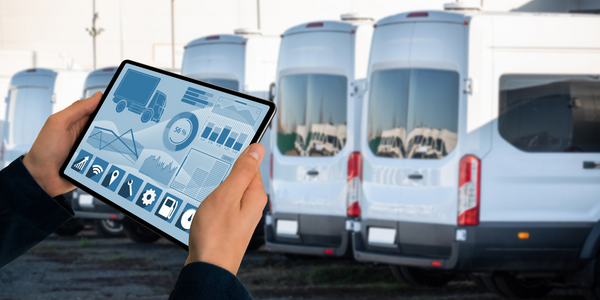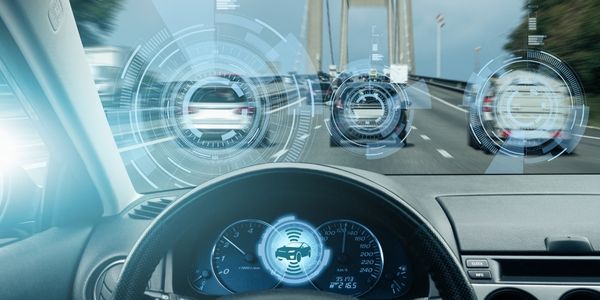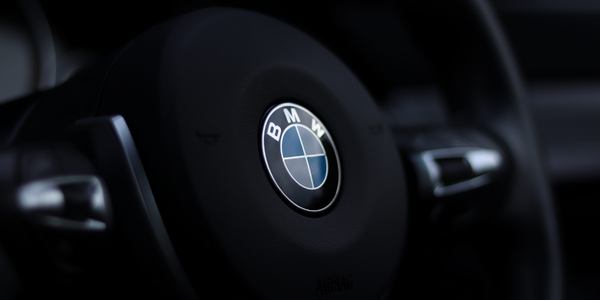Transforming Vehicle Art with IoT: A Case Study on Peter Litger's Car Body and Spray Painting Center
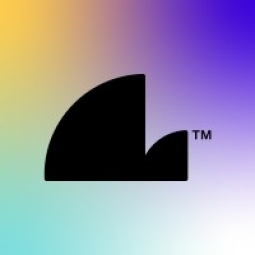
Technology Category
- Robots - Autonomous Guided Vehicles (AGV)
- Sensors - Autonomous Driving Sensors
Applicable Industries
- Automotive
- Specialty Vehicles
Applicable Functions
- Logistics & Transportation
- Product Research & Development
Use Cases
- Vehicle Performance Monitoring
- Vehicle-to-Infrastructure
About The Customer
Peter Litger's customers are not just private individuals looking for unique designs on their vehicles. His clientele also includes transport and logistics companies like NELO-NEUSS and Schumacher International Transport. These companies seek Peter's expertise to create distinctive designs on their trucks and trailers, making them stand out on the road. Peter's artistic creations have won first prize three times at the prestigious International ADAC Truck Grand Prix, and HERPA, the maker of miniature cars and trucks, has several of Litger's models in their product range. His work has brought him admiration, recognition, praise, and prizes, as well as substantial financial returns.
The Challenge
Peter Litger, the CEO of a Car Body and Spray Painting Center in Germany's Rhein-Sieg district, faced a unique challenge. His business was not just about fixing scratches or dents on vehicles; it was about creating unique, artistic designs on vehicles, transforming them into moving pieces of art. However, creating these designs by hand was a time-consuming process, and it was difficult to ensure consistency and precision in every design. Moreover, Peter was one of only two people in Germany who painted by hand using an airbrush, which added to the complexity of the task. The challenge was to find a solution that could help streamline the design process, improve efficiency, and maintain the high quality of the artwork.
The Solution
The solution came in the form of CorelDRAW Graphics Suite, a software that Peter found to be intuitive and easy to use. He started by taking a photo of the vehicle and scanning it into the Corel program. He then looked for ideas for pictures and designs on the web or in books and scanned them too. Using CorelDRAW, he was able to adapt the color gradients, retouch, expand or shrink the contours, and add lettering or text. The vectorization of the scanned pixel graphics was particularly useful because he could enlarge or shrink them without changing the proportions of the design. Once the customer approved the design, Peter used an overhead projector to project the image onto the vehicle, sketched the contours in black and white, and then painted the design on the vehicle. This process significantly improved the efficiency and precision of his work.
Operational Impact
Quantitative Benefit

Case Study missing?
Start adding your own!
Register with your work email and create a new case study profile for your business.
Related Case Studies.

Case Study
Transformation for IoT Business Model in Connected Industrial Vehicles
CNH Industrial wanted to put IoT-enabled viechles onto the market. Whether monitoring a single machine or integrating an entire fleet, operators are able to track the status, speed, and movement of machines and their performance and also receive alerts on issues that may require service by a qualified technician to improve uptime and overall effectiveness of the vehicle.
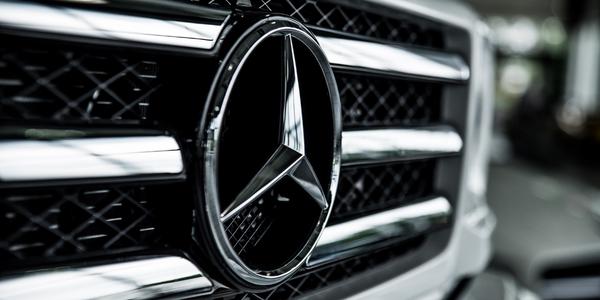
Case Study
Integral Plant Maintenance
Mercedes-Benz and his partner GAZ chose Siemens to be its maintenance partner at a new engine plant in Yaroslavl, Russia. The new plant offers a capacity to manufacture diesel engines for the Russian market, for locally produced Sprinter Classic. In addition to engines for the local market, the Yaroslavl plant will also produce spare parts. Mercedes-Benz Russia and his partner needed a service partner in order to ensure the operation of these lines in a maintenance partnership arrangement. The challenges included coordinating the entire maintenance management operation, in particular inspections, corrective and predictive maintenance activities, and the optimizing spare parts management. Siemens developed a customized maintenance solution that includes all electronic and mechanical maintenance activities (Integral Plant Maintenance).






